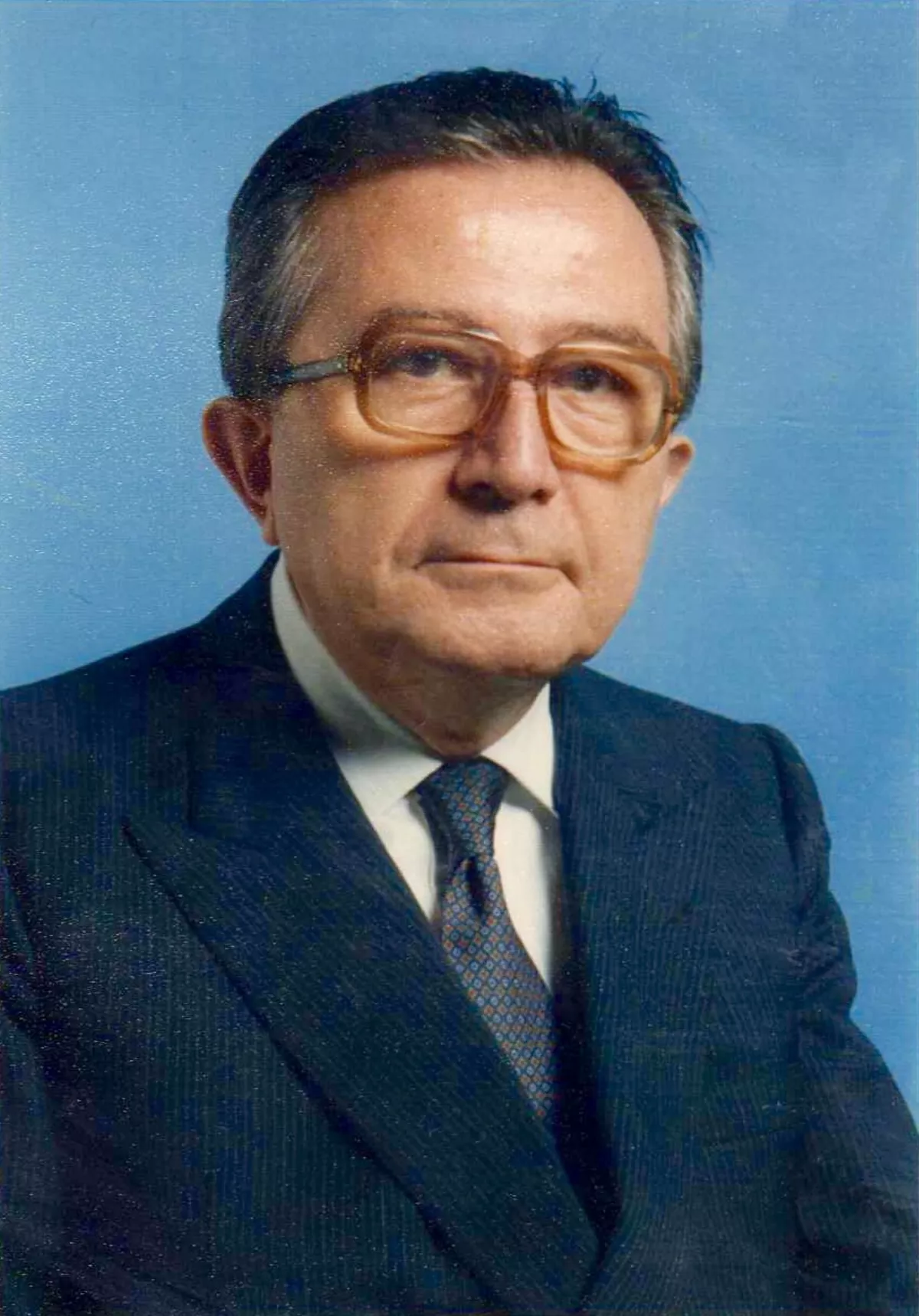 1.
1. Giulio Andreotti was an Italian politician and statesman who served as the 41st prime minister of Italy in seven governments, and was leader of the Christian Democracy party and its right-wing; he was the sixth-longest-serving prime minister since the Italian unification and the second-longest-serving post-war prime minister.